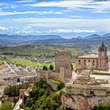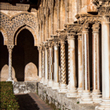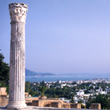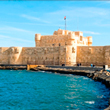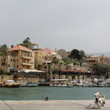“… they travelled deserts, founded cities and created a civilization that joined East with West”.
This cultural route seeks to publicize the profound human, cultural, artistic and scientific relationship between East and West and the way in which the Greco-Roman legacy was passed on to Europe through al-Andalus. This route was the path along which the Arabs came to the Iberian Peninsular and Europe, but it was also a channel for the transfer of knowledge and perfectly illustrates the close collaboration between East and West. Of these multiple contacts the most important things to have survived the wear and tear of history are a common cultural and artistic background, a shared history and heritage. This is the raison d’être of these routes, which seek to forge links and strengthen the relations between the different peoples they encompass, united by a common past.
The Umayyad Route retraces part of the journey followed by the Umayyad dynasty from its capital in Damascus and its subsequent expansion along the southern shores of the Mediterranean to the Iberian Peninsula. The route begins therefore in the Near East before heading off along the Mediterranean across North Africa. It follows the path by which Arabic-Muslim civilization came to Europe and which gave rise to the Caliphate of Cordoba, where the Hispano-Muslim civilization flourished for various centuries. The itinerary we propose, starts at its easternmost point in Jordan and the Lebanon, passing through Egypt and Tunisia, with a stopover in Sicily, and ends up in the Iberian Peninsula (Spain and Portugal). The different stages of the itinerary coincide with monuments that either date from the Umayyad era or are related with some of the dynasty's most illustrious characters.




